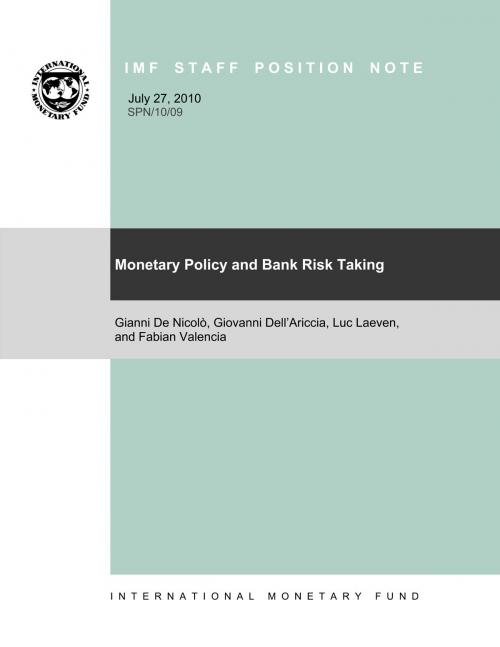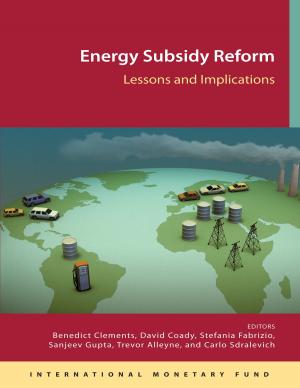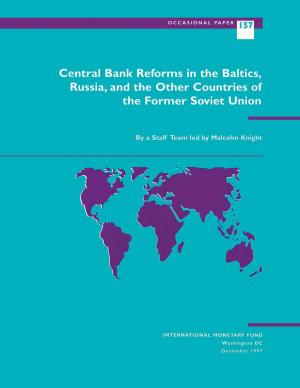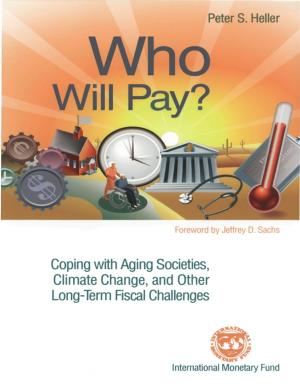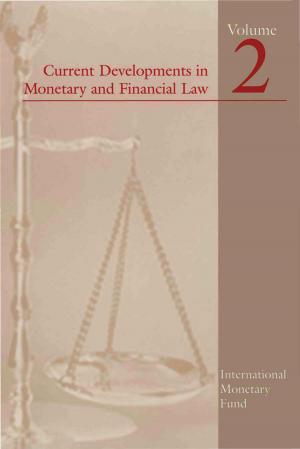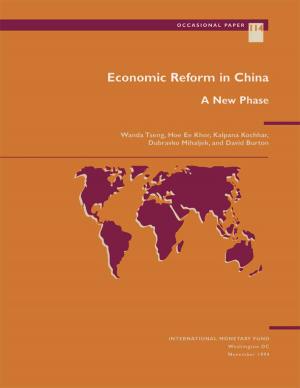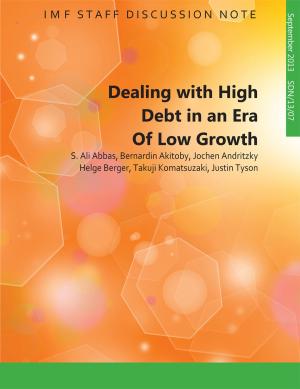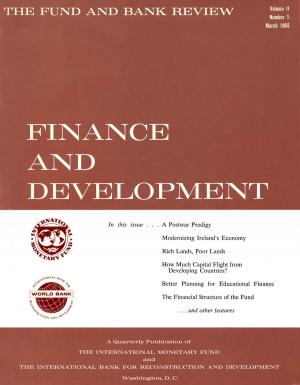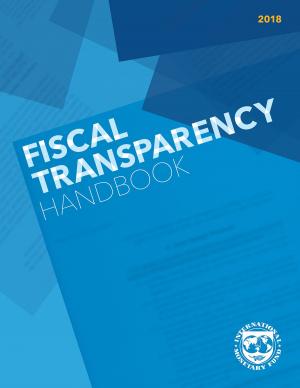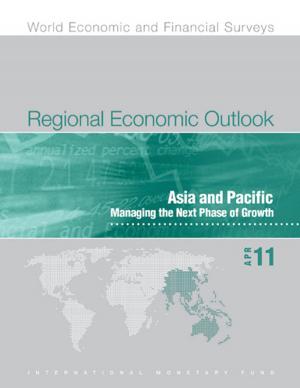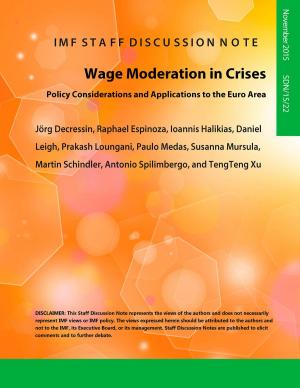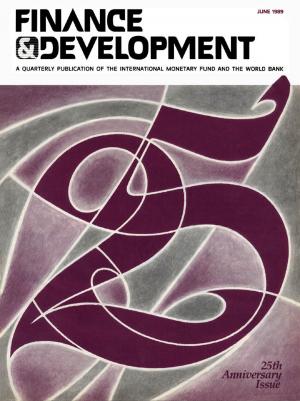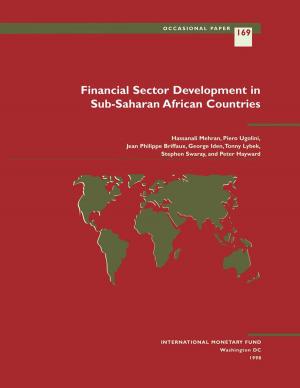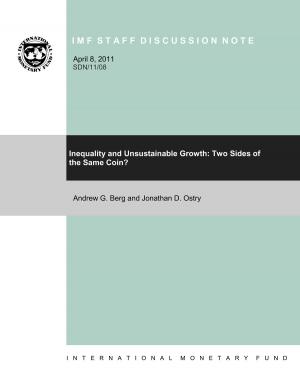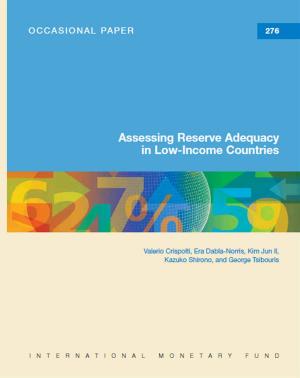Monetary Policy and Bank Risk-Taking
Business & Finance, Economics, Money & Monetary Policy, Macroeconomics| Author: | Giovanni Mr. Dell'Ariccia | ISBN: | 9781463954062 |
| Publisher: | INTERNATIONAL MONETARY FUND | Publication: | July 27, 2010 |
| Imprint: | INTERNATIONAL MONETARY FUND | Language: | English |
| Author: | Giovanni Mr. Dell'Ariccia |
| ISBN: | 9781463954062 |
| Publisher: | INTERNATIONAL MONETARY FUND |
| Publication: | July 27, 2010 |
| Imprint: | INTERNATIONAL MONETARY FUND |
| Language: | English |
This paper contributes to the current debate on what role financial stability considerations should play in monetary policy decision and how best to integrate macro-prudential and monetary policy frameworks. The paper broadly supports the view that monetary policy easing induces greater risk-taking by banks but also shows that the relationship between real interest rates and banking risk is more complex. Ultimately, it depends on how much skin in the game banks have. The central message of the paper is broadly complementary to those in the recent MCM board paper “Central Banking Lessons from the Crisis.”
This paper contributes to the current debate on what role financial stability considerations should play in monetary policy decision and how best to integrate macro-prudential and monetary policy frameworks. The paper broadly supports the view that monetary policy easing induces greater risk-taking by banks but also shows that the relationship between real interest rates and banking risk is more complex. Ultimately, it depends on how much skin in the game banks have. The central message of the paper is broadly complementary to those in the recent MCM board paper “Central Banking Lessons from the Crisis.”
